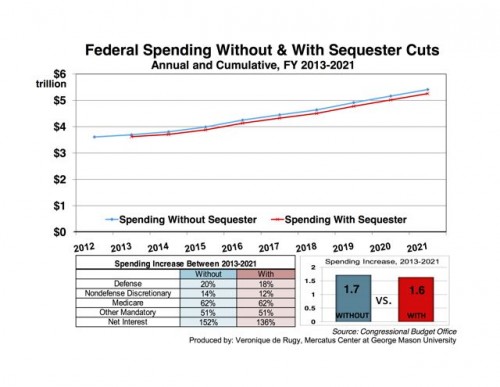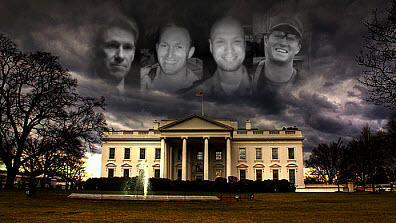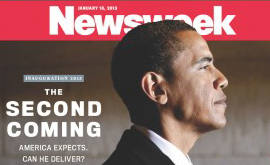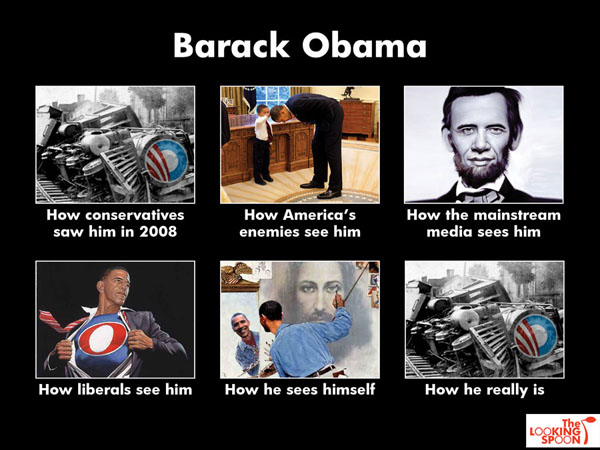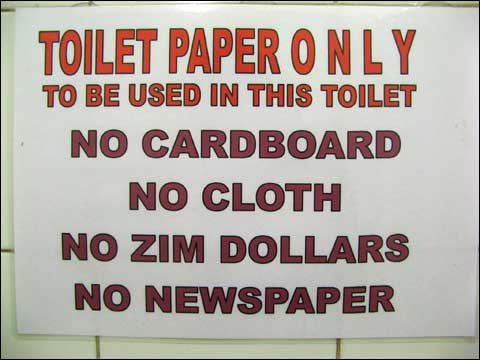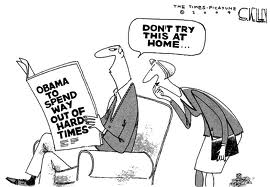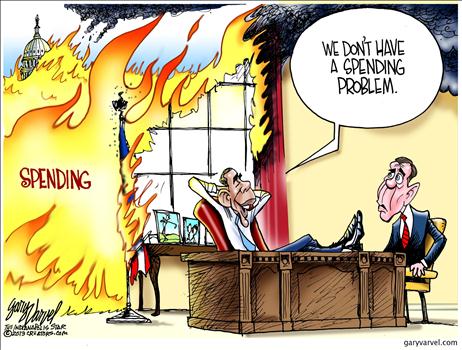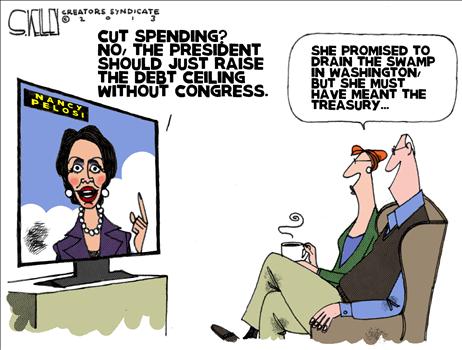“ You never let a serious crisis go to waste. And what I mean by that it’s an opportunity to do things you think you could not do before.”
Rahm Emanuel
“The state must declare the child to be the most precious treasure of the
people. As long as the government is perceived as working for the benefit of the
children, the people will happily endure almost any curtailment of liberty and
almost any deprivation.” Adolf Hitler –Mein Kampf
It’s always for the children….


After the horrible tragedy at Sandy Hook, our revulsion at this evil deed led many people to speak from emotion, saying things like:
- We must do something to make sure that nothing like this ever happens again
- If we can do anything to save even the life of one child, we must do it now.
If you take an honest look at the world, though, what do you think are the chances that we can stop insane violent people from doing insane violent things? Can we “make sure this never happens again”? Not a chance. It is an absolute certainty that evil and violent people will do evil and violent things in the future. The real questions are, how can we best protect ourselves and how can we minimize the number of these people in society.
As to the “saving the life of one child” argument, here are some facts to consider:
According to the Center for Disease Control, “Every day, about ten people die from unintentional drowning. Of these, two are children aged 14 or younger.” So that is around 700 dead children per year. Approximately 20% of these deaths occurred in public pools with certified life-guards.
There are approximately 365,000 dog bites per year in the U.S. that are serious enough to require a visit to the emergency room – 1000 per day. 38 people in the U.S. were killed by dogs in 2012. Around 50% of those injured and killed are children.
The government reported that in 2010, 1210 children under the age of 15 died in traffic accidents. Approximately 70 children per year choke to death on food. Since 1973, 110 children have choked to death on balloons.
I could go on, but the point is that there are many, many government controls we could propose that would “save the life of at least one child”. We don’t do that because that isn’t the standard we use in the real world. It is the standard used only in political theater where politicians seeks to prove that they care about the children more than you.
For liberals, caring, not efficacy, is what matters. None of the proposed new gun regulations would have effected the Sandy Hook shooter in any way. No matter. The appearance of caring is there. It doesn’t matter that the War on Poverty did not diminish poverty (and had devastating social consequences). The Head Start Program has been shown repeatedly not to work. Obamacare will increase medical costs and decrease quality. The stimulus didn’t. Climate change legislation won’t change the climate. The Dream Act is a nightmare. The failings of leftist legislation are not a problem though, because the legislation represents caring. So it’s all good.
For those who want to deal with facts, not emotions, on the gun control issue, I suggest the following:
It is interesting to note that , according to World Health Orgaization statistics, there are are 108 nations with higher murder rates than the US. Most of them are much higher. All of these nations have a complete ban on guns. And without black on black violence, our murder rate would be much lower than it is.
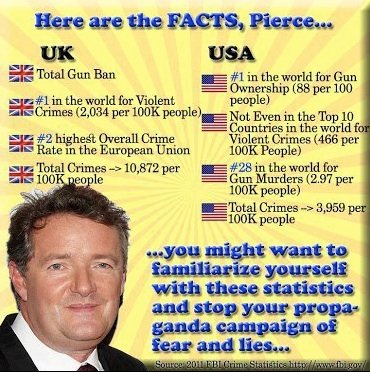

One very great threat to our childrens well-being is the exponential growth of State power and State debt. Liberty and prosperity are directly related. Fighting for liberty is one of the best things we can do “for the children”.
The following are 20 signs that the U.S. poverty explosion is hitting children and young people the hardest…
1. If you can believe it, a higher percentage of children is living in poverty in America today than was the case back in 1975.
2. More than one out of every five children in the United States is currently living in poverty.
3. According to U.S. Census data, 57 percent of all American children live in a home that is either considered to be “poor” or “low income”.
4. Median household income for families with children dropped by a whopping $6,300 between 2001 and 2011. Continue reading →
 And last, but not least, a Twinkie update…
And last, but not least, a Twinkie update…
